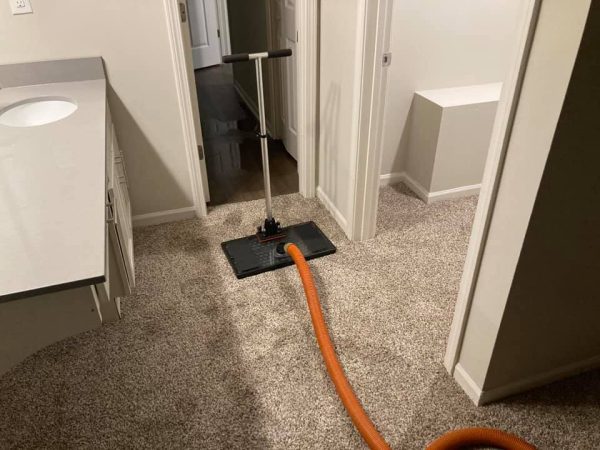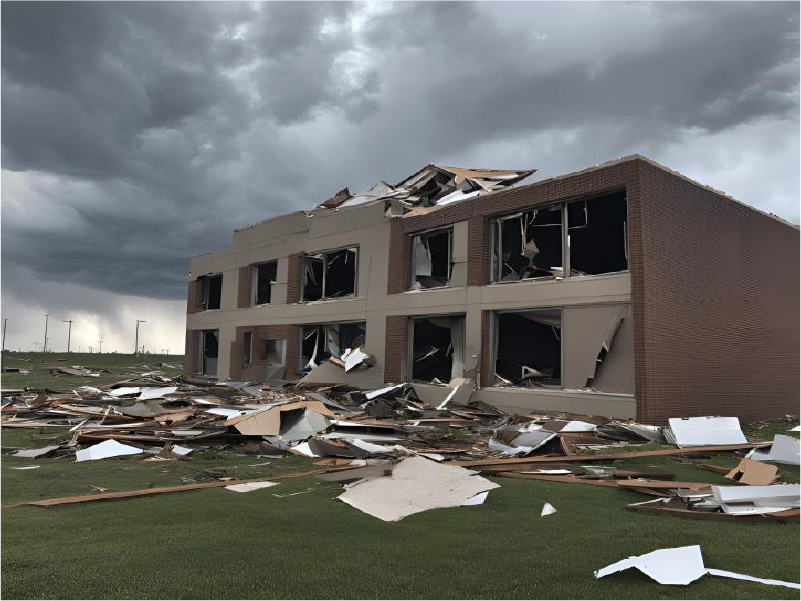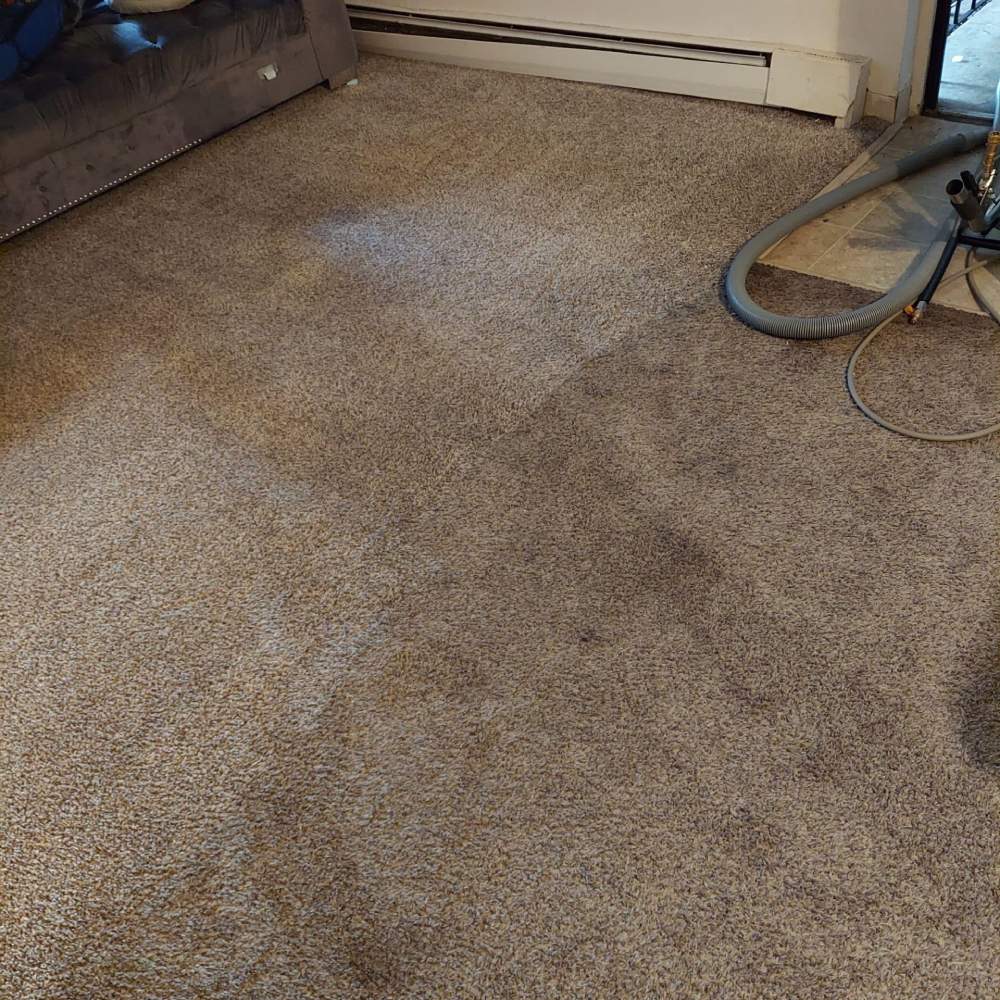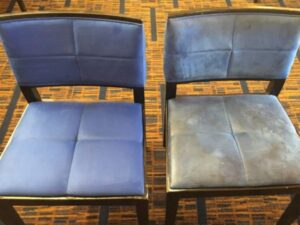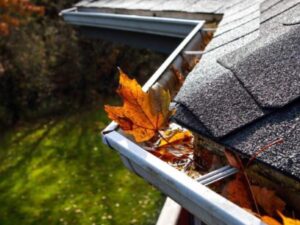
Water Damage Restoration Process
If you are like most homeowners, you have never experienced water damage in your home and are not familiar with the cleanup process. Thankfully, we are here to help!
Before we discuss the restoration process, it is important to differentiate between the two different processes that can be taken. Depending on where the water came from and the source of the water; the cleaning process and what items can be salvaged will vary. The two different sources of water damage we are going to discuss today are clean water and black water. Let’s first look at a clean source water damage.
Clean Water Source Water Damage
A clean source water damage originates from a source that has clean water or non-contaminated water. Think of a broken water pipe, a faulty appliance water line, or supply line to your toilet. These sources of water damages are the easiest to clean up because the water is not contaminated and the collateral damage is usually rather small. Below are the steps that we will take to restore a home after a clean water source.
Stop the Source!
This can be as easy as shutting off the main shutoff for the home or turning off the water at the device that is leaking. If the refrigerator is leaking, you will need to pull out the refrigerator and turn off the water at the wall. If there is not a shut off close to the source, we recommend turning off the water at the main and having a plumber install a shut off.
If a pipe freezes and breaks, turn off the water at the main shut off until a plumber can repair the broken section of pipe.
Extract Water
Once the water has stopped coming into your home its now time to remove the water from your floor coverings. We use our powerful truck mounted extraction equipment to remove the water from your carpet and pad, concrete floors, and various other floor coverings.
Protect Personal Belongings
After extraction is completed, we then place your furniture that cannot be moved to a different area on foam blocks or plastic tabs. This helps protect the furniture from the damp floor coverings and also make sure the wood stains do not transfer to your floor coverings.
Setup Drying Equipment
We are now ready to install air movers, dehumidifiers and specialty drying equipment to remove the remaining water from your floor coverings, drywall, trim, insulation and even your wood floors. The drying equipment on average is in your home for 3 to 5 days and will run 24/7 until all of the materials are dried.
Monitor Drying Progress
During the drying process our team will come back to your home each day to monitor the drying process and reposition equipment as needed. During these visits, our team will take detailed moisture readings from the affected materials and monitor the indoor environment to make sure it is conducive for drying.
Perform Final Cleaning
Once all of the materials in your home have reached our drying goal, we will remove all of the drying equipment and schedule a final cleaning. During the final cleaning we will clean all of the floor coverings which were affected by the water damage. If upholstery or rugs were affected, we will clean those too!
Contaminated Water Source Damage
Water damages from contaminated sources such as toilet backups, river flooding or fish tank are not as common as water damages from clean water sources, but they still happen on a regular basis. When your home is affected by a contaminated water source, a different approach needs to be taken to not only properly dry your home, but also to remove bacteria hazards.
Below are the steps our team typically takes on a water damage from a contaminated source.
Stop the Source
This can be as easy as shutting off the main shutoff for the home or it can be more complicated and require a plumber to fix the issue. Some of the most common sources of contaminated water are failed ejector pumps, clogged sewer lines or faulty backflow preventers.
Remove Contaminated Water
Once the source of the water damage has been resolved, you will need to remove the contaminated water from your home. This can be done through the use of a shopvac, but most likely will require a water damage restoration company with specialty vacuum systems to remove the water.
It is important to remember this water is highly contaminated and you need to be wearing the proper personal protective equipment when in the affected area. Proper gear includes: rubber boots, gloves and possibly a mask. You also will need to take precautions to make prevent spreading of the contaminated water to other parts of your home.
Dispose of Damaged items
Unlike water damages that come from a clean water source, items that are affected by a contaminated source water damage may not be able to be salvaged. Porous items such as furniture, carpet and pad, drywall, insulation, stuffed animals, etc. are not able too be fully decontaminated and will need to be thrown out.
Decontamination
Now that all of the non-salvageable items have been removed and properly disposed of, it is time to begin decontaminating the affected area. The decontamination process includes a thorough deep cleaning, the application of an EPA approved antimicrobial and a final deep cleaning. While parts of this process can be completed by a homeowner, it is a labor intensive process that requires attention to detail and specialty cleaning agents which often times are best left up to the professionals.
Setup Drying Equipment
We are now ready to install air movers, dehumidifiers and specialty drying equipment to remove the remaining water from your floor coverings, drywall, trim, insulation and even your wood floors. The drying equipment on average is in your home for 3 to 5 days and will run 24/7 until all of the materials are dried.
Monitor Drying Progress
During the drying process our team will come back to your home each day to monitor the drying process and reposition equipment as needed. During these visits, our team will take detailed moisture readings from the affected materials and monitor the indoor environment to make sure it is conducive for drying.
Ready for Repairs
Once all of the materials in the affected area have reached the drying goal, its time to have a general contractor come in and replace the damaged building materials. When you get to this step, we strongly recommend you hire a general contractor who has experience working with insurance companies. It will make the claims process more efficient and will also reduce the amount of time it takes to complete your project.
Clean vs Contaminated Source Water Damage
While the steps to restoring your home are very similar we hope you have learned the importance of treating a clean vs contaminated source water damage differently. When in doubt talk it out- our office is always happy to answer questions and provide guidance in how to handle your water damage when following a DIY method or going through your insurance company. If you’ve experienced a water loss, call our office at 219-641-3711 any time. We’re here to help!
About AmeriClean
Since 1986, AmeriClean has helped home and business owners in Northwest Indiana keep their properties looking like new. Whether you need carpet, duct or rug cleaning, or have been impacted by a fire, water or mold damage, AmeriClean is here to help!


